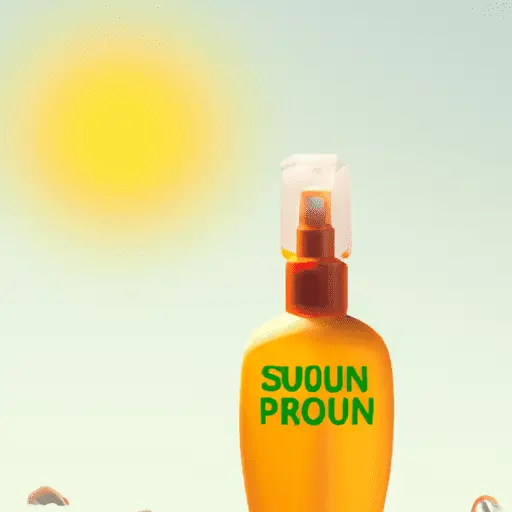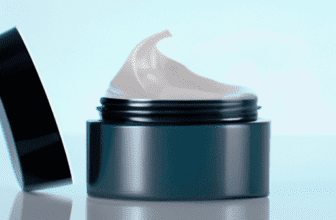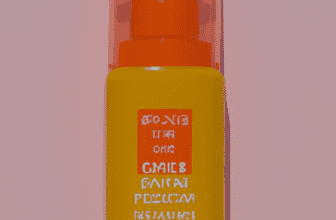The importance of sun protection in a skincare routine
-
Table of Contents
- The Importance of Sun Protection in a Skincare Routine
- Key Takeaways
- Introduction: The Sun and Your Skin
- The Damaging Effects of UV Rays
- The Role of Sunscreen in Skincare
- Additional Sun Protection Measures
- Regular Skin Checks
- FAQ Section
- 1. How much sunscreen should I apply?
- 2. Can I skip sunscreen if I’m indoors all day?
- 3. What does SPF mean?
- 4. Can I use a tanning bed if I wear sunscreen?
- 5. How often should I have a skin check?
- Conclusion: Prioritizing Sun Protection
- Key Takeaways Revisited
The Importance of Sun Protection in a Skincare Routine

[youtubomatic_search]
Key Takeaways
- Sun protection is a crucial part of a skincare routine to prevent skin damage and premature aging.
- Ultraviolet (UV) rays from the sun can cause skin cancer, the most common form of cancer in the United States.
- Using a broad-spectrum sunscreen with an SPF of 30 or higher is recommended for daily use.
- Other forms of sun protection include wearing protective clothing and seeking shade during peak sun hours.
- Regular skin checks can help detect early signs of skin cancer.
Introduction: The Sun and Your Skin
Skincare routines often focus on cleansing, toning, and moisturizing, but one crucial step is frequently overlooked: sun protection. The sun’s ultraviolet (UV) rays can cause significant damage to the skin, leading to premature aging and increasing the risk of skin cancer. This article will delve into the importance of sun protection in a skincare routine and provide practical tips for incorporating it into your daily regimen.
The Damaging Effects of UV Rays
According to the American Academy of Dermatology (AAD), one in five Americans will develop skin cancer in their lifetime, making it the most common form of cancer in the United States. The primary cause of skin cancer is exposure to UV rays from the sun or tanning beds. These rays can also cause premature skin aging, including wrinkles, age spots, and a leathery texture.
The Role of Sunscreen in Skincare
The AAD recommends using a broad-spectrum sunscreen with an SPF of 30 or higher every day, even on cloudy days, as up to 80% of UV rays can penetrate clouds. Sunscreen should be applied to all skin that clothing does not cover, and it should be reapplied every two hours or after swimming or sweating.
Additional Sun Protection Measures
While sunscreen plays a vital role in protecting the skin from UV rays, it should not be the only line of defense. The Skin Cancer Foundation suggests wearing protective clothing, such as long-sleeved shirts, pants, wide-brimmed hats, and sunglasses, whenever possible. Additionally, seeking shade during peak sun hours (10 a.m. to 4 p.m.) can help reduce UV exposure.
Regular Skin Checks
Regular skin checks, both at home and by a dermatologist, can help detect early signs of skin cancer. The AAD provides a guide for self-examinations, advising individuals to look for new or changing moles, spots, or growths on their skin.
FAQ Section
1. How much sunscreen should I apply?
The AAD recommends using enough sunscreen to fill a shot glass (about one ounce) to cover all exposed skin.
2. Can I skip sunscreen if I’m indoors all day?
No. UV rays can penetrate windows, so it’s important to wear sunscreen even if you’re indoors.
3. What does SPF mean?
SPF stands for Sun Protection Factor. It measures the amount of UVB radiation protection a sunscreen provides.
4. Can I use a tanning bed if I wear sunscreen?
No. Tanning beds emit UV rays that can cause skin cancer and premature aging. The AAD strongly advises against their use.
5. How often should I have a skin check?
The AAD recommends a yearly skin exam by a dermatologist, but you should check your own skin monthly for any changes.
Conclusion: Prioritizing Sun Protection
While many aspects of skincare focus on enhancing the skin’s appearance, sun protection is a crucial step in preserving the skin’s health. By incorporating daily sunscreen use, protective clothing, and regular skin checks into your routine, you can significantly reduce your risk of skin damage and skin cancer. Remember, the best defense against the harmful effects of the sun is a good offense.
Key Takeaways Revisited
- Sun protection is an essential part of a skincare routine to prevent skin damage and premature aging.
- UV rays from the sun can cause skin cancer, the most common form of cancer in the United States.
- Using a broad-spectrum sunscreen with an SPF of 30 or higher is recommended for daily use.
- Other forms of sun protection include wearing protective clothing and seeking shade during peak sun hours.
- Regular skin checks can help detect early signs of skin cancer.
[youtubomatic_search]
Tags: Loading...





